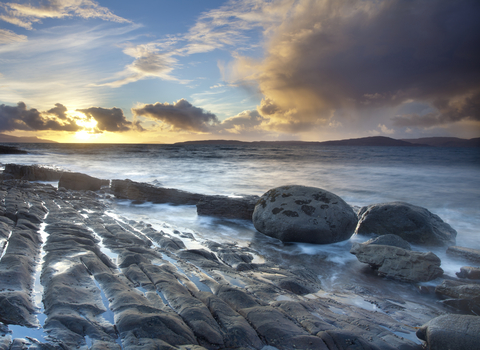Dog cockle ©Nigel Phillips
Dog cockle
This long-lived bivalve can be found buried in the sand on the south and west coasts of the UK.
Dog cockle ©Nigel Phillips

Mark Hamblin/2020VISION
Memberships help us campaign for better protection and management of our seas.
Receive our monthly newsletter packed with marine conservation news from around the world!

Mark Hamblin/2020VISION
Plastic-strewn beaches, fisheries on the verge of collapse and the ever growing effects of global climate change.